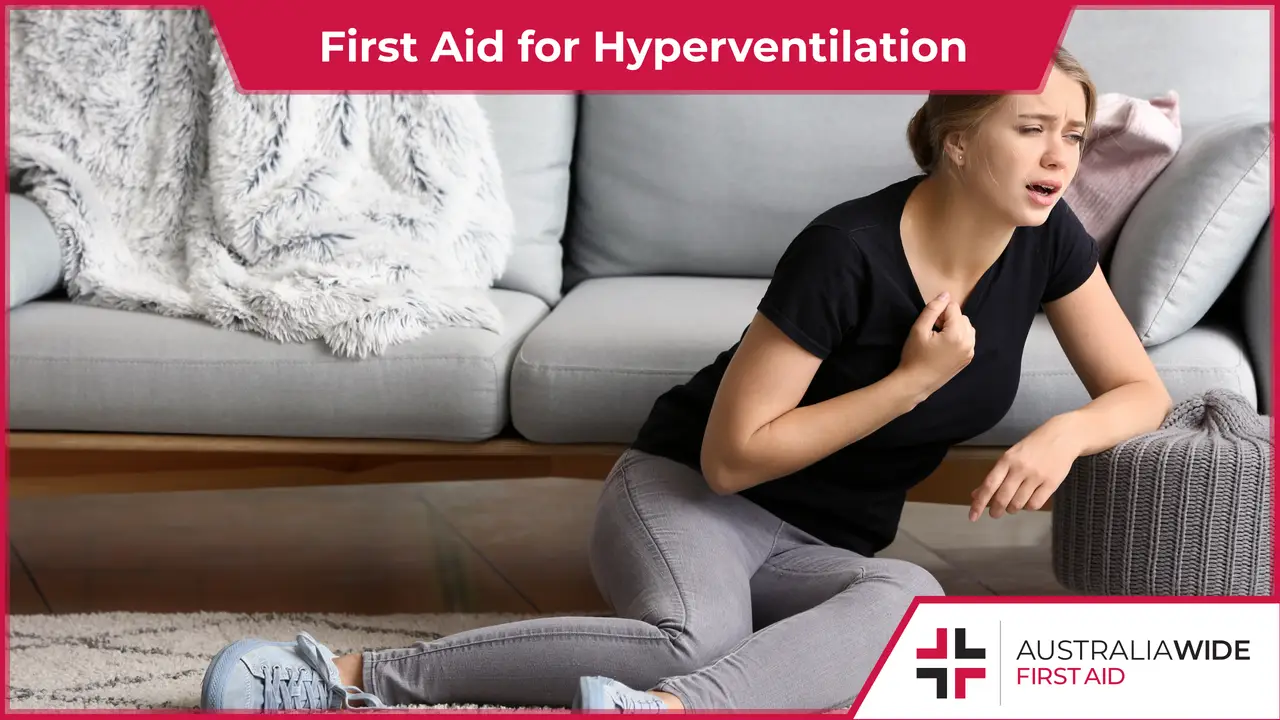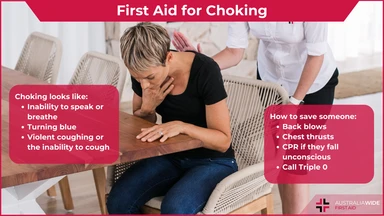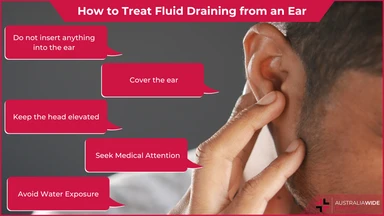First Aid for Hyperventilation


Hyperventilation is rapid breathing that leads to an upset in the regular oxygen and carbon dioxide levels in the body.
Hyperventilation is differentiated from other rapid breathing conditions as being a response to anxiety, stress, fear or other strong emotions.
Remaining calm and removing the person to a safe and secure place away from the emotional trigger, while encouraging regular breathing usually relieves hyperventilation.
It is important to do this as quickly as possible as prolonged hyperventilation can lead to fainting and the loss of consciousness.
Continue reading for more information on hyperventilation and how to manage its symptoms.
If you are interested in learning more about first aid for hyperventilation, enrol in one of our first aid courses:
Head to our website to find a course near you - we have locations all across Australia.
Hyperventilation is when breathing becomes faster and so irregular that it upsets the body’s regular breathing pattern and results in low carbon dioxide levels in the blood.
Hyperventilation is a physical response of the body experiencing anxiety, fear, panic, acute or prolonged stress, and any highly charged emotions. Physical triggers linked to previous mental trauma may also trigger hyperventilation.
Regular breathing rhythms allow the body to regulate the amount of oxygen (breathed in) and carbon dioxide (breathed out) in the body. When a person becomes breathing faster and irregularly, the lungs expel more carbon dioxide than usual - so depleting the supply in the blood. In response, arteries tighten (constrict) throughout the body and are unable to transport and supply adequate oxygen levels to vital organs.
The brain, which requires oxygen to function, experiences a shortage that can leave the person feeling faint, dizzy, light-headed or lose consciousness. The symptoms become more severe the longer the person remains hyperventilating. It is important to calm and reassure the person as quickly as possible.
Generally, when the event that triggered hyperventilation passes, breathing re-stabilises and the body returns to the normal breathing rhythm. When hyperventilation is a common occurrence, it is called hyperventilation syndrome.

It is important to recognise the difference between hyperventilation and an asthma attack. While similar in appearance, an asthma attack has a distinct wheeze. Asthma attacks require immediate medical attention, while hyperventilation can usually be relieved by calming or reassuring the person into taking controlled breaths.
Signs and symptoms of hyperventilation include:
In extreme cases that have continued for some time:
As hyperventilation is an emotional response, removing the person away from the stress trigger, remaining calm, staying with the person, and practising empathy and care to treat them is important:
Not every casualty who is breathing rapidly is suffering from hyperventilation due to anxiety. It is important to eliminate more serious causes of rapid breathing, such as asthma and cardiac conditions.
If you are interested in learning more about first aid for hyperventilation, enrol in one of our first aid courses:
Head to our website to find a course near you - we have locations all across Australia.

October 13, 2023
Choking occurs when an object or a piece of food becomes lodged in the throat, blocking the airway. The adult or child will have difficulty breathing, and may lose consciousness. Quick and effective action is essential to prevent severe consequences and death.

September 22, 2023
Knowing how to provide first aid for fluid draining from an ear is crucial to alleviate discomfort and potentially prevent complications.

July 31, 2023
This article covers treatment/first aid for nose bleeds, and also covers all of the common misconceptions and myths about treating a bleeding nose.